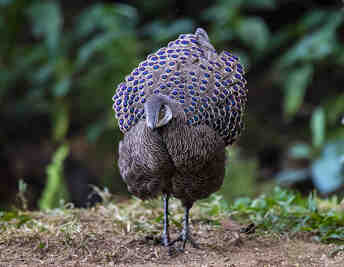
Polyplectron bicalcaratum
Peacock chicken, money chicken,Polyplectron bicalcaratum,Grey Peacock-Pheasant
Features:The upper back, wings and end of the tail feathers are named for their gorgeous eye spots like a peacock
Polyplectron katsumatae (Polyplectron katsumatae) was developed in 2004 by the Hainan Provincial Forestry Bureau, Hainan Normal University and Beijing Normal University. Through DNA sequencing and molecular genetic markers, it was found that the genetic distance between Hainanese peacock pheasant an...
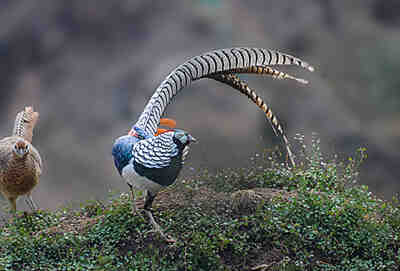
Chrvsolophus amherstiae
Chrvsolophus amherstiae,Lady Amherst's Pheasant,Bronze chicken, bamboo chicken, quilt chicken, turnip chicken, silver chicken
Features:In traditional Chinese culture, it is a symbol of wealth and good fortune and one of the most beautiful viewing pheasants in the world
Lady Amherst' s Pheasant, no subspecies.White-bellied caragana roosts in the canopy at night, and moves to the ground and forages during the day, usually wandering in the forest after light. In addition to the breeding season, there are more single, pairs or a male number of females together, an...
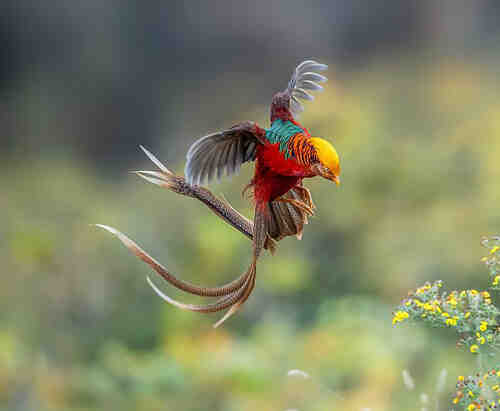
Chrysolophus pictus
Chrysolophus pictus,Golden Pheasant,Golden pheasant, pheasant, pheasant, picker
Features:Famous bird watching at home and abroad
There are three subspecies of Golden Pheasant.Red-belted chickens like to move in groups, especially in autumn and winter, sometimes as many as 30 in a cluster, spring and summer can also be seen alone or in pairs. Sex alert, timid. Hearing and visual sensitivity, a little sound, immediately flee, w...
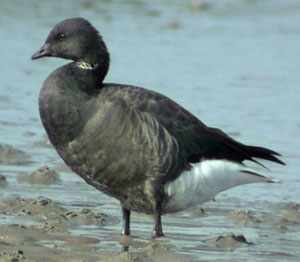
Branta bernicla
Branta bernicla,Brent Goose
Features:Medium sized dark grey goose. Black beak and feet, white undertail feathers.
Brants are typical cold-water Marine birds, tolerant of cold, and prefer to live in bays, harbors and estuaries. Don't mix with other species. Flies low near the water surface and lives in coastal harbors during high tides. Foraging on coastal pastures. Mainly to grass or aquatic plants buds, le...
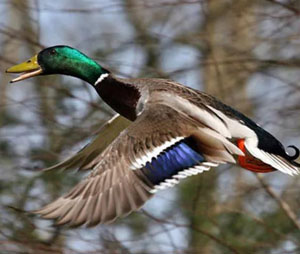
Anas platyrhynchos
Big green head, big red leg duck, official duck, on duck, hemp duck, green side,Anas platyrhynchos,Mallard,Common Mallard
Features:Male bird head, neck green, with bright metallic luster; Female black from head to occipital, with brownish yellow feather margin.
Mallard ducks are large ducks, similar in size and appearance to domestic ducks. In addition to the breeding period, they often move in groups, especially during migration and wintering, often integrating tens, hundreds or even thousands of large groups. Or swim on the water, or roost on the beach o...
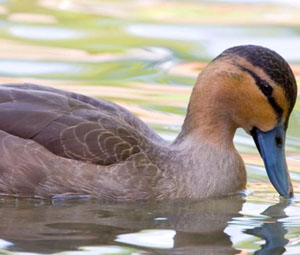
Anas luzonica
Luzon duck,Anas luzonica,Philippine Duck
Features:Black top hat, distinctive head pattern.
The brown necked duck (Anas luzonica) belongs to the family Anatidae. It is commonly found in swamps, rivers, lakes, ponds and estuaries. It sounds like a mallard but rougher. Most of the activities are in the wild grass in the marsh area near the water. It mainly floats on the surface of the water...
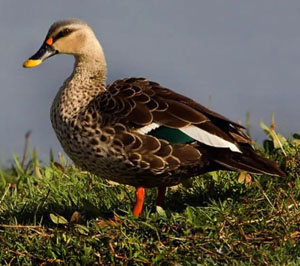
Anas poecilorhyncha
Anas poecilorhyncha,Indian Spot-billed Duck,Indo-burmese spotted duck
Features:The upper mouth is black, the tip yellow, the feet orange yellow, the forehead to the pillow brown, easy to recognize.
Mallard, a similar species of Indian grouper, has a similar size, but its body color is obviously different. The male mallard duck has a green head and looks black from a distance, while the female duck has a darker head and a lighter body colour, so it is easy to recognize when flying or at a great...
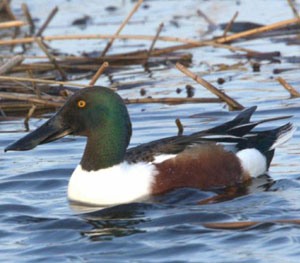
Spatula clypeata
Shovel duck, Broad-billed duck,Anas clypeata,Northern Shoveler
Features:The mouth is large and flat, with the tip expanded into a shovel shape, and its shape is very special.
Shoveler ducks often travel in pairs or small groups of 3-5, and can also be seen moving alone. They also gather in larger groups during the migration season. They often move and forage in muddy ponds and shallow waters. They often roam in shallow waters near the water, and are extremely cautious. I...
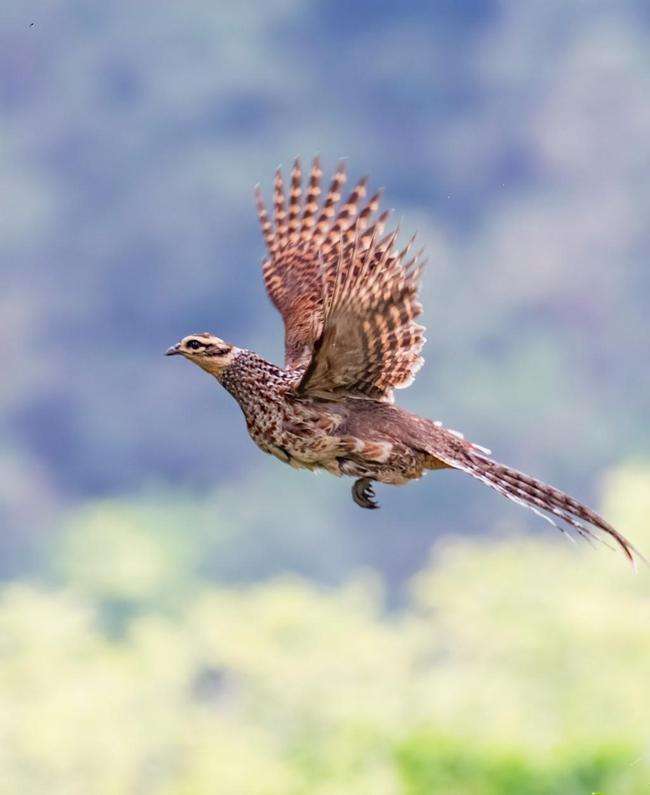
Syrmaticus reevesii
Zhai bird, ground chicken, long-tailed chicken, mountain pheasant,Syrmaticus reevesii,Reeves's Pheasant
Features:Bird with the longest tail feathers
The white-crowned long-tailed pheasant is also known as Reeves's Pheasant. It has no subspecies and is a beneficial bird in the forest.The white-crowned long-tailed pheasant mainly feeds on plant fruits, seeds, young shoots, tender leaves, flowers, tubers, roots, and seedlings and grains of crop...
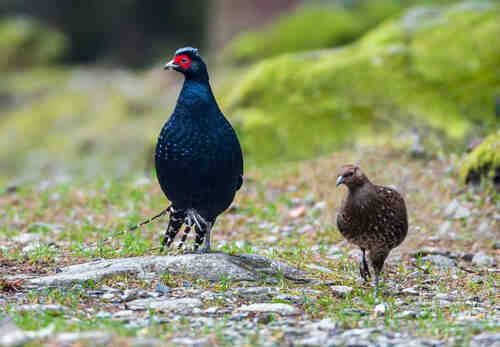
Syrmaticus mikado
Imperial Pheasant,Syrmaticus mikado,Mikado Pheasant
Features:The guardian of love, the bird that lives at the highest altitude among all pheasants in Taiwan, China
The black long-tailed pheasant is called Mikado Pheasant in English. It has no subspecies and is a large chicken.The black-tailed pheasant is active in places where the surface plants and fallen leaves on the forest road are covered, and it also walks on steep cliffs. It is mostly active alone and d...
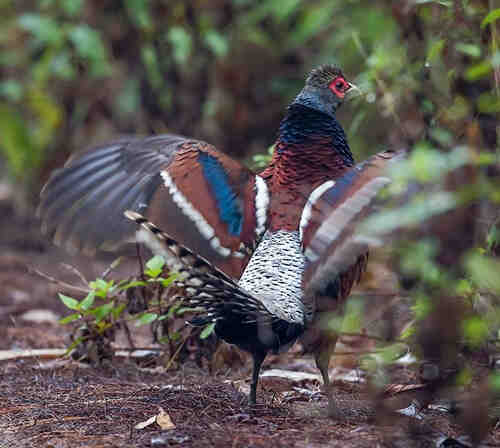
Syrmaticus humiae
Ground Chicken,Syrmaticus humiae,Mrs. Hume’s Pheasant
Features:Because they rarely chirp, they are also called dumb chickens.
Mrs. Hume’s Pheasant, also known as Mrs. Hume’s Pheasant, has two subspecies.Mrs. Hume’s Pheasant is a resident bird. It often wanders in pairs or small groups to forage. Usually they come down from the trees after daybreak and stay active until dusk. They rest in the open space or bushes in the...
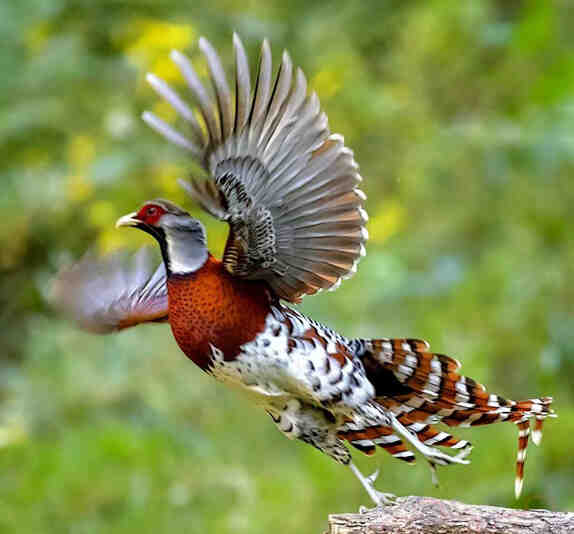
Syrmaticus ellioti
Striped back chicken,Syrmaticus ellioti,Elliot's Pheasant,Chinese Barred-backed Pheasant
Features:It is a typical species of the eastern hilly plain subregion of the Central China region of the Oriental Realm.
Elliot's Pheasant, also known as the White-necked Pheasant, has no subspecies and is a large chicken.Elliot's Pheasant is a resident bird. It likes to gather in groups, often in small groups of 3-8. They often move in and out of rugged mountains and valleys with dense forests and complex ter...
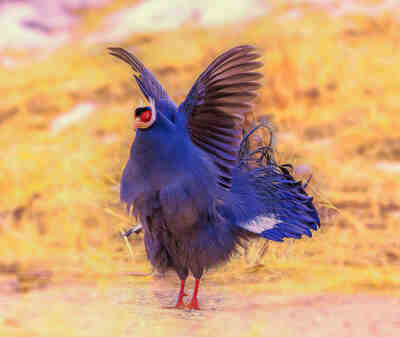
Crossoptilon auritum
Crossoptilon auritum,grouse
Features:It is a rare and precious bird, the regional bird of Ningxia Hui Autonomous Region.
Blue Eared-pheasant, no subspecies.Blue pheasants like to live in groups of 10-30. They usually start to move at dawn and go to the middle of the woods to forage for food, mainly plant-based food. They eat and call one after another. When calling, they hold their heads high and stretch their necks,...
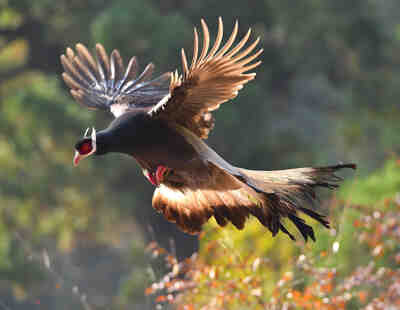
Crossoptilon mantchuricum
Crossoptilon mantchuricum,Horned chicken, pheasant, Yi bird
Features:It is the most precious species of pheasant, known as "鹖" in ancient times.
Brown Eared-pheasant, with no subspecies, is a bird that inhabits mountain forests.Brown Eared-pheasant is the most precious species of pheasant, and was called "鹖" in ancient times. "鹖" is recorded in "Qin Jing" as "鹖", a strong bird. "Yi does not kno...
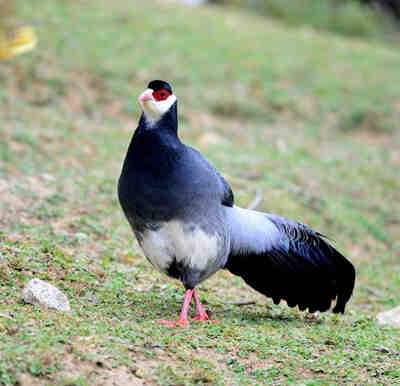
Crossoptilon harmani
Crossoptilon harmani, Hamman Pheasant
Features:The plumage color of Tibetan pheasant is between that of white pheasant and blue pheasant.
Tibetan Eared-pheasant, no subspecies.There are two kinds of pheasants in Tibet, China: one is covered with snow-white feathers, with a ball of black fluffy feathers on the top of the head, and the tip of the tail gradually turns from white to gray, and then becomes a thick copper color, with a dark...
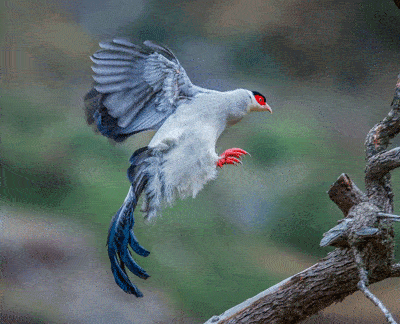
Crossoptilon crossoptilon
Crossoptilon crossoptilon,White Eared-pheasant,Snow Pheasant
Features:It is larger than the ring-necked pheasant and the largest of the three species of pheasants.
White Eared-pheasant is divided into four subspecies. The Changdu subspecies is the real white eared pheasant. Except for the black top of the head and the green-blue end of the tail feathers, the feathers of the whole body are almost all snow-white. The Yushu subspecies has gray feathers of varying...
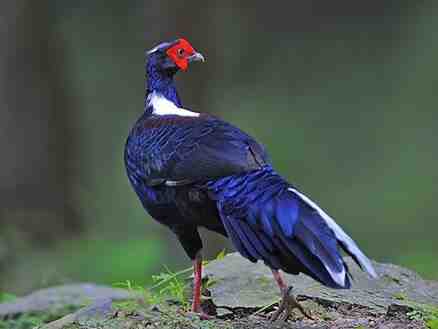
Crossoptilon crossoptilon
Crossoptilon crossoptilon,Blue-bellied Pheasant, Chinese Chicken, Taiwan Blue-bellied Pheasant,Lophura swinhoii,Taiwan Blue Pheasant,Swinhoe's Pheasant
Features:
Taiwan Blue Pheasant, with no subspecies, is a large pheasant.The blue pheasant is the same as the white pheasant. The local people in Taiwan, China often use the white tail feathers of the male blue pheasant as a hat ornament; live blue pheasants can also be exhibited (the first pair of live blue p...
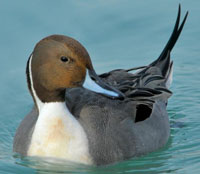
Anas acuta
Pintail duck, long-tailed duck, long-tailed duck, rifle duck, middle duck, northern pintail duck,Anas acuta,Northern Pintail
Features:The male bird is blue-gray in color, while the female bird is black in color.
Pintail duck is a medium-sized waterfowl of the class Aves and the family Anatidae, belonging to the family of water ducks. It likes to live in groups, especially in the migration season and winter, often in large groups of dozens to hundreds of individuals. It moves and rests mostly in the waters n...
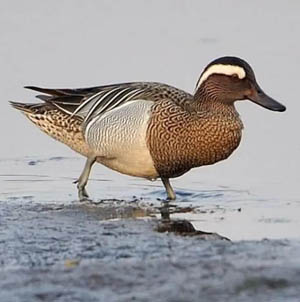
Spatula querquedula
Spatula querquedula,Anas querquedula,Garganey,Ducklings, little stone ducks, brook ducks
Features:The eyebrow lines are white, wide and long, extending all the way to the back of the head, and are extremely eye-catching.
White-browed ducks often move in pairs or small groups, and also gather in large groups during migration and wintering. They are timid and alert, often moving and foraging in places covered by water plants. If there is a sound, they will immediately rush out of the water and rise straight up. They f...
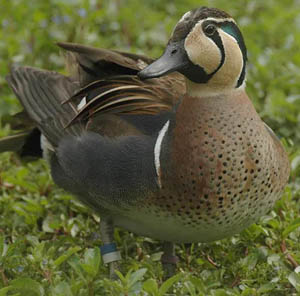
Sibirionetta formosa
Ba duck, black-rimmed duck, spectacled duck, yellow-tipped duck, king duck, shaking duck, Yuan duck,Sibirionetta formosa,Baikal Teal
Features:The face is spotted with yellow, green, black, white and other colors, which is very eye-catching.
The Mandarin duck is a kind of duck that likes to gather in groups, especially in winter, and often gathers in large groups, and often mixes with other ducks. Individuals are slightly larger than green-winged teals, and slightly smaller than pintail ducks. The voice is noisy, and the call is loud an...
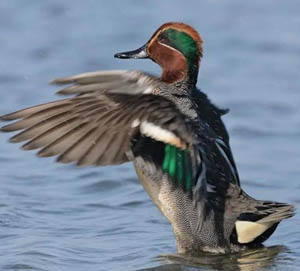
Anas crecca
Little duck, little teal, little mallard, duck, duckling, clam duck,Anas crecca,Common Teal,Green-winged,Teal Eurasian Teal
Features:There is a wide green band on both sides of the head starting from the eyes and extending to the sides of the neck, which is very eye-catching.
Green-winged ducks like to gather in groups, especially during the migration season and winter, often gathering in large groups of hundreds or even thousands of them. They fly fast, agile and powerful, with fast and loud wings flapping, and their heads stretched forward, often in a straight line or...

